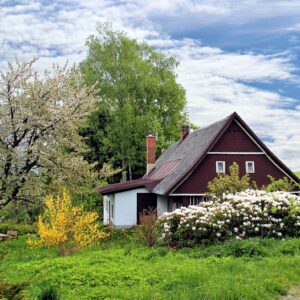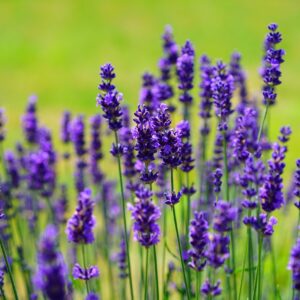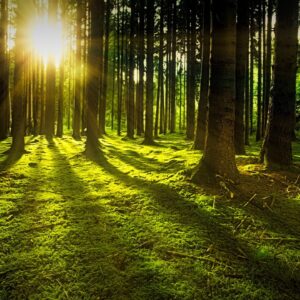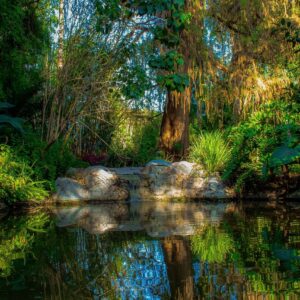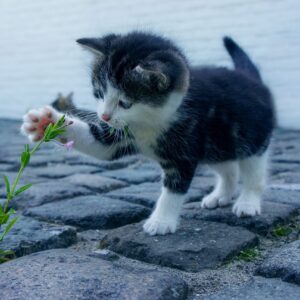Whether you are a beginner or a gardening veteran, there are a few tips you should know. Whether you are planning to grow vegetables or flowers, you need to be sure to take the proper precautions. You don’t want to damage your plants by trying to grow them too fast or under the wrong conditions.
Plants for the First-time Gardener
Choosing Plants for the First-Time Gardener can be daunting. Whether you are a beginner or an experienced gardener, you should consider how much space you have available and what your family will eat. Once you have determined what you want to plant, you can get started.
You will want to make sure that you have a well-draining soil. If your soil is very heavy, you may need to add organic matter to help improve the drainage.
If you live in a northern climate, you can grow rhubarb. This plant is very hardy and will grow even in poor soil. However, you should not harvest it during the first year. It will continue to grow for up to eight or fifteen years.
Another plant to consider for your first-time garden is kale. This plant produces colorful leaves that are nutritious. Kale can be harvested when it is about a foot tall.
Another plant that is great for beginners is cucumbers. You can grow this vegetable in a container and it is an easy crop to grow.
Kale is a great plant to plant for first-time gardeners because it produces food that is low in calories. You can harvest the plant’s outer leaves, which are edible. You can also harvest the new shoot growing near the stem.
Peace Lilies are another great plant to consider. You can grow these plants in a hanging basket or in a sunny room. They only need water once a week.
English Ivy is another plant that is great for beginners. This plant has glossy dark green leaves with white or light green veins. This plant is also extremely easy to care for. It requires a well-draining soil and minimal water.
Space and Layout to Start a Garden
Taking the time to plan out the space and layout for your garden can be a lot of fun. It can also save you time, money, and heartache.
The first step in planning your garden is to measure the space you have to work with. Then, map out the area on graph paper. You should also take note of any existing features in the area. Some of these may include trees, fences, or other structures that could shade the area.
The best garden layout is one that fits your aesthetic preferences. It also uses the resources of the slope, water, and sunlight to get the job done. This is best done by doing a little research.
For example, you can plant a vegetable garden in less than five square feet. But you might need more space if you want to grow three layers of plants. You might want to create a raised bed around the garden to prevent soil disease and pests. You could also create a deck or patio around the garden for more seating space.
You could also consider using a garden hose to create a neat outline of your flower beds. You could also use string to mark off borders. And of course, you could use your imagination. You can even make a faux tree or two using a bag of trash.
You could also consider using a software program to create the layout for you. You can also create a second blank copy of the layout so that you can use it for future years. For example, you could use it to purchase seeds for the following year. You could also use it to plan out a crop rotation plan.
Container Gardening is a Good Choice for Beginners
Whether you have limited space or just want to try your hand at gardening, container gardening is a great way to start. The best part is that there are plenty of container options to choose from, including plastic, wood, metal, and more. It is also a good idea to choose containers that have good drainage. If you do not, the roots will become waterlogged, and your plant will not grow.
The best containers to use are those that are made of plastic, as these are inexpensive and easy to clean. Plastic containers also come in a variety of colors and shapes. You can even find containers that are made from recycled plastic jugs.
You can also buy a pre-mixed bag of potting soil. Some plastic containers come with holes in them to help with drainage.
Containers should be placed in a permanent spot before filling with soil. Ideally, they should be placed in a sunny area with good drainage. It is also important to move the containers around as needed. This will help prevent the soil from getting compacted and causing poor growth.
It is also important to water your container early in the morning. This will provide the plants with enough moisture to last through midday. Watering too late can cause the leaves to get too dry, which can promote disease.
Depending on the plant you are growing, you may need to water more often. For example, a tomato plant will need to be placed in a container that has a deeper root system than a small lettuce plant. It also will need a larger area for growth.
You can add vines to your container for added height. You can also add fillers, such as perennials or annuals. These plants add color and can be used to fill in gaps between larger plants.
Watering Your Crops During Hot Weather Conditions
Whether you’re experiencing a heat wave, or simply want to prepare your garden for a hotter future, watering your crops is an important step. Prolonged periods of extreme heat can stunt crops and reduce yields.
Watering is important because the shallow roots of plants cannot absorb nutrients when the temperature is high. When the soil is dry, plants will wilt and die. Watering can help keep the air around your plants cool and prevent heat scald.
The best time to water is in the early morning or late at night. During the afternoon, the sun’s rays will burn your plants. Depending on the type of plants, you may need to water more often.
If you don’t have a drip irrigation system, you can use soaker hoses. These hoses allow you to directly water the roots of your plants. They work by soaking the soil, allowing the water to penetrate deeply.
It’s also helpful to mulch your garden. A two-to-three-inch layer of mulch will help cool the roots of your plants. It also acts as a barrier between the soil and the sun. This will also help prevent evaporation.
When it’s hot, many plants drop their blossoms and fruit, including cucumbers, squash, beans, and pumpkins. When the temperature reaches 90 F, these plants usually drop their blossoms without setting fruit.
When the weather gets hot, your plants may also develop bitter leaves and seed stalks. It’s important to avoid allowing these problems to occur, especially if you plan to grow vegetables. In addition, you should be sure to drink plenty of water and take breaks when you’re gardening.
You may need to water your crops daily during periods of excessive heat. The amount of water required is determined by the soil’s type and the type of plants in your garden.
Conserving Water in the Southwest and New England
Keeping water in the Southwest and New England when gardening can be a challenge. This is a significant problem because these areas are in the middle of a drought that is slowly spreading from California to other states. Increasing population growth and decreasing aquifer levels are just two of the problems facing the region.
One way to conserve water in the Southwest and New England when gardening is to use native plants that are adapted to the region. These can have similar aesthetic qualities as traditional landscape plants, but they use far less water.
Another way to conserve water is to recycle shower and bath water. This water can be used to water your garden or supplement your yard sprinklers. In addition, you can use sewage water to irrigate public grounds. You can also check your irrigation controller for overspray.
The American Horticulture Society has produced a heat zone map that can help you plan your garden. The key is to be flexible with your irrigation. For example, you may want to water for longer periods, rather than watering the same area twice. This will reduce water usage while maintaining a healthy plant’s root system.
Another way to conserve water in the Southwest and New Hampshire when gardening is to make sure your irrigation system is in working order. Checking for leaks and overspray can go a long way towards ensuring you’re using as little water as possible.
While conserving water in the Southwest and New England when gardening may not seem like the most fun thing to do, it’s important to remember that our limited supply of water means that we can’t afford to waste it.
